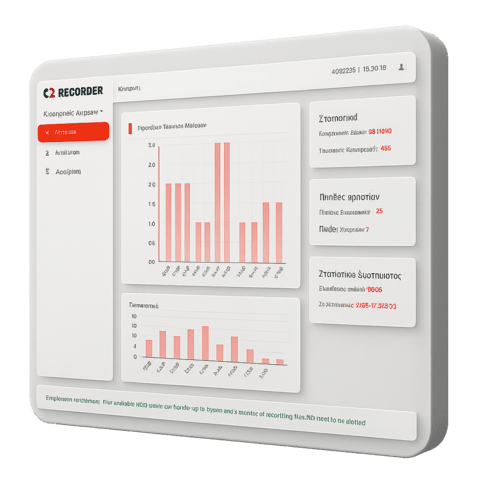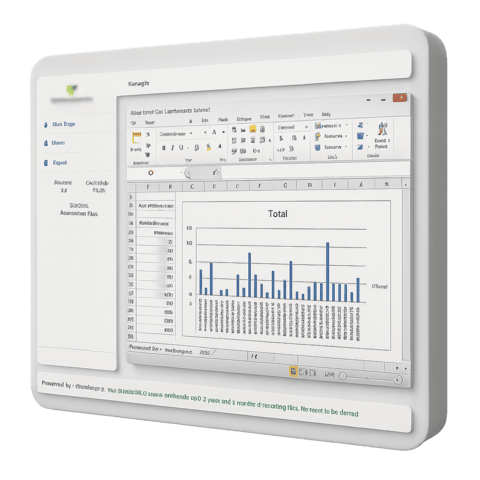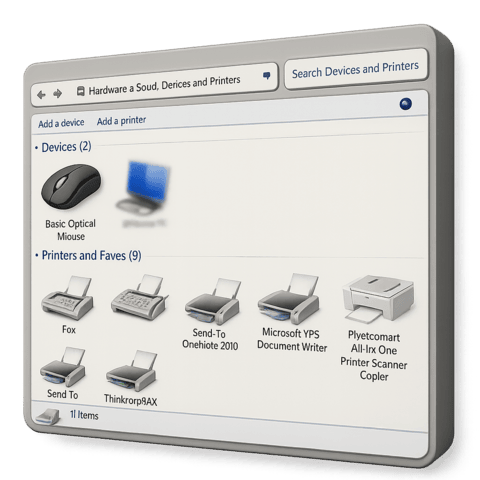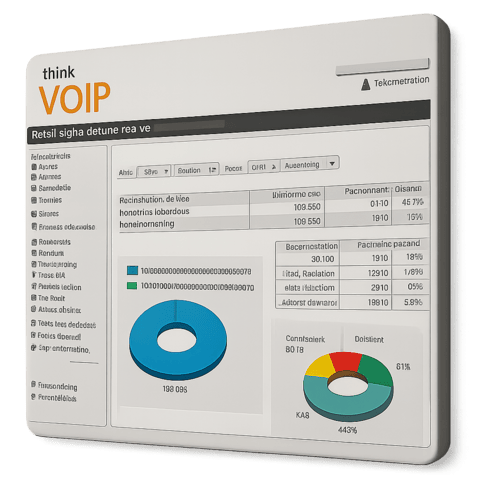Call Center Software in Action
Λογισμικό κέντρων κλήσεων, πλήρως ενσωματωμένο στο CRM σας, στο cloud ή στην αίθουσα επιχειρήσεών σας






Λογισμικό κέντρων κλήσεων, πλήρως ενσωματωμένο στο CRM σας, στο cloud ή στην αίθουσα επιχειρήσεών σας







Small, medium and large companies are already using our services and/or installed our products. We deliver complete and complex communication applications around the globe. Feel free to contact us for more info...

We are welcoming A.I. scripts in all our portfolio to customize your flows and processes
We can adjust call Volume Ratio, Number of rings before hangup, CPS - Calls Per Second - even automatic attendant routing can be modified with a single supervisor click.
We guarantee that you can start your own campaigns within a day. Our "out of the box configuration" covers all of your initial needs. From campaign configuration to complex reports and graphs
Everything is WEB Based. Smart GUI for Administrators, Managers and Agents. You can even use our smart WEB Phone, so there is no need to install anything. Deploy large call center sites and promote remote users within minutes
We can provide 24x7 support and high availability clustered platforms minimizing the risk of any possible event. Just a phone call or an email away.
Have a project in mind? Let's create something amazing together.
We're here to help bring your vision to life. Whether you need a CallCenter Solution, a voice recording application , or custom development work, we'd love to hear from you.
+30 215 215 6808
196 syngrou avenue 176 71 Athens, Greece
Monday - Friday: 9:00 AM - 5:00 PM